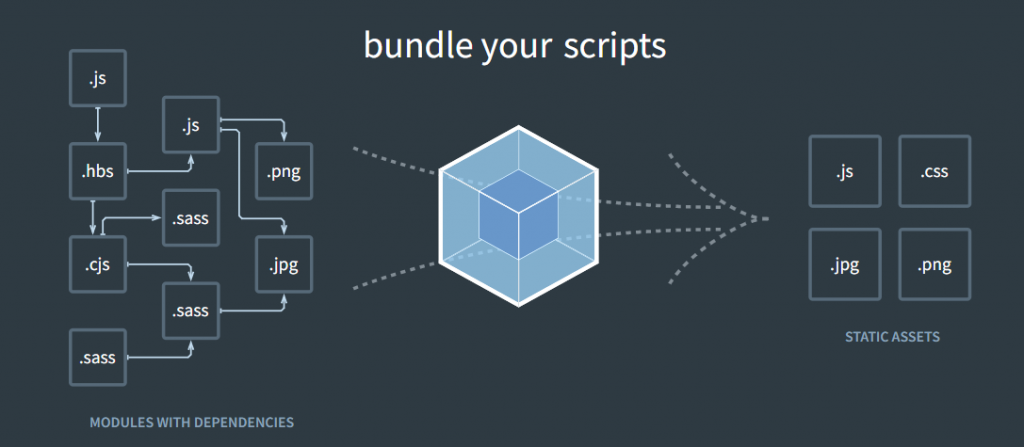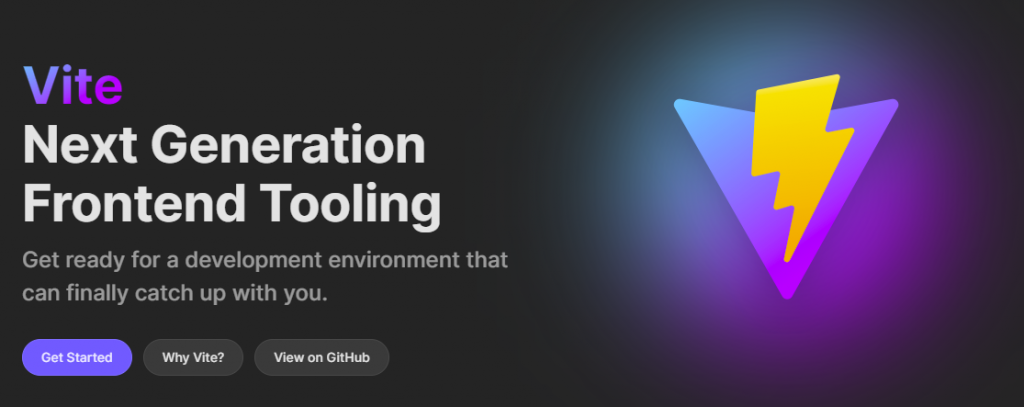Skills you need to get a job as a JavaScript developer
JavaScript is one of the most widely used programming languages. Originally used as a scripting language, JavaScript is now used in a wide range of industries, such as web development, app development, machine learning, robotics, augmented reality and virtual reality, 3D modeling, game development, and more. 2022 marks JavaScript’s tenth consecutive year as the most commonly used programming language. according to the Stackoverflow survey of 2022.

Throughout this detailed blog, we will discuss the various skills JavaScript developers need to have in order to get hired in 2023 and beyond. So let’s get started!
HTML & CSS
A JavaScript developer should be proficient in HTML and CSS. Despite the fact that JavaScript is independent of HTML and CSS, working with JavaScript almost certainly involves the use of some HTML and CSS.
JavaScript is unquestionably the most used browser-related programming language, and HTML and CSS are what give a webpage its structure, style, and layout. Having a good knowledge of HTML and CSS can help us ace our career as a JavaScript front-end developer.
JavaScript, a dynamic scripting language, enables you to create mobile apps and interactive websites. JavaScript is a simple programming language that communicates with application program interfaces (APIs). There are several browser APIs with which we can interact with the help of JavaScript. This ability enables front-end developers to quickly and easily create complex interactions on their websites, resulting in the best possible user experience.
CSS framework and libraries
CSS frameworks & libraries are code libraries that developers use to make designing websites easier and more efficient. CSS frameworks are collections of pre-written CSS code that can be added to a website in order to style the pages without having to write CSS code from scratch. CSS frameworks typically include HTML and CSS code for typography, forms, buttons, navigation bars, tables, etc.
Some of the most popular CSS frameworks are:
Tailwind CSS: Tailwind CSS is one of the most widely used CSS frameworks. Each month, nearly 13 million people download this utility-first framework. Designing your website is flexible and free. The advantage of Tailwind CSS is that it can be customized to meet individual requirements. You can override Tailwind CSS’s default configuration. The utilities and components of Tailwind can be easily customized.
Bootstrap: Bootstrap is a free and open-source CSS framework directed at responsive, mobile-first front-end web development. It includes HTML, CSS, and JavaScript-based design templates for typography, forms, buttons, navigation, and other interface components. There are many other options for CSS frameworks and libraries, in fact, there are many animation libraries and utility libraries that you can learn and it is a good skill to have.
Understanding how JavaScript works
Frameworks and libraries come and go, but the fundamentals never change. If the fundamentals are understood, it is simple to build any type of application and learn to use any framework or library. Despite the importance of JavaScript in web and mobile development, many hiring managers are unaware of what they require in a JavaScript developer.
Here are 10 important and must-know topics for you that will be handy.
- Scope
- Hoisting
- Callbacks
- Promises
- Asynchronous JavaScript
- Closure
- Modular programming
- Regex
- Concurrency model and event loop
- Writing clean and self explanatory code
Browser APIs
Browsers provide a variety of APIs for interacting with web applications.
Using web APIs, we can easily implement certain features with fewer lines of code, such as:
- making network requests like fetching the data
- managing client-side storage
- retrieving device media streams, etc.
Some of the important APIs are listed below:
- Fetch API: This API allows users to fetch resources (including those across networks).
- Canvas API: The Canvas API allows graphics to be drawn using JavaScript and the HTML <canvas> element. It can also be used for animation, game graphics, data visualization, photo manipulation, and real-time video processing.
- Geolocation API: The Geolocation API allows web applications to receive a user’s location. User permission is required to report location information for privacy reasons.
- There are many other useful APIs that the browser provides.
Data Structures and Algorithm
Currently, many companies conduct DSA-based interviews, so knowing how to store, retrieve, search, insert, and remove data efficiently is essential. We should also understand which type of data structure is suitable for a particular set of data. Algorithms are defined, step-by-step instructions for producing a result or output. The algorithms assist you in developing an efficient and valid formula for performing any data set operation. Searching, sorting, traversing, and other basic algorithms are essential for any developer.
JavaScript Frameworks and Libraries
The number of JavaScript libraries is currently 1,444,231, but more will be added in the future. There are some front-end libraries and frameworks that have gained popularity in the community and on the job market. The following are some of the top libraries and frameworks you might need to know.
React JS: React JS is a widely preferred frontend JavaScript library used in nearly 50 million projects every month. Backed by Facebook, React has had its dominance in the web development space for over nine years. Most of the big tech companies use React, like Facebook, WhatsApp, Instagram, Twitter, Binance, and the list goes on.
Angular: Angular is a framework and platform that uses HTML and TypeScript to build single-page client apps. The Angular framework is written in TypeScript. You import TypeScript libraries into your applications to implement core and optional functionality. Angular is backed by Google, and it is one of the best choices for web application development.
Vue.JS: Vue.js is a progressive, incrementally-adoptable JavaScript framework for building UI on the web. One of the well-known web development frameworks is this one. The view layer is the main focus of VueJS, considering the MVC architecture. It can be seamlessly integrated into large front-end development projects.
The list goes on with several other popular libraries like Svelte, Remix, NextJS, Gatsby, Laravel, and so on.
NodeJS
Node.JS is a free and open-source Javascript runtime environment. It is multi-platform and works with Windows, Linux, Unix, Mac OS, etc. Node.js is designed to build scalable network applications. Now that NodeJS is available, JavaScript can be used outside of a browser.
Node JS has been the foundation for a number of frameworks. ExpressJS is one of the most well-liked NodeJS frameworks. Express is a minimal, open-source, and flexible Node.js web app framework designed to make developing websites, web apps, & APIs much easier. It is a web framework that enables you to organize a web application to manage various HTTP requests at a particular url.
Package manager
A programming language’s tool for setting up project environments and quickly importing external dependencies is called a package manager. The package manager allows you to install and uninstall dependencies for your project without having to create anything from scratch. Some of the most popular package managers for Javascript are:
Npm: Npm is a JavaScript package manager that is supported by npm, Inc. Node.js’s package manager by default is npm. Node.js is a JavaScript runtime environment. It consists of a command-line client, also known as npm, and the npm registry, an online repository for both free and paid private packages.
Yarn: In 2016, Facebook created a software packaging system called Yarn for the Node.js JavaScript runtime environment. In order to address issues with consistency, security, and performance with large codebases, Facebook, Exponent, Google, and Tilde collaborated to develop Yarn, an alternative to the npm package manager.
PNPM: PNPM is an alternative package manager for Node. js which stands for “Performant NPM”. The main objective of PNPM is to keep all the packages in one place (centralized) and make them available to other projects via hard links when necessary.
Module bundlers
A module bundler is a supporting tool that takes logical JavaScript files and their dependencies and bundles them into a single file. When your project grows too big for a single file or you’re working with libraries that have a lot of dependencies, it is ideal to use a Module bundler.
Some of the popular module bundlers are:
Webpack: Webpack is a free and open-source module bundler for JavaScript. Although it is designed primarily for JavaScript, it can also modify front-end assets like HTML, CSS, and images if the appropriate loaders are also present. Webpack creates static assets that represent modules with dependencies.

Vite: Vite is a modern front-end build tool that provides an extremely fast development environment and bundles your code for production. The environment provided by Vite has several features, including instant server start, faster hot module replacement, optimized build, support for TypeScript, JSX, CSS, and more.

There are many more module bundlers and development tools that you can look into further.
TypeScript
TypeScript is a free and open-source programming language developed and maintained by Microsoft. It is a strict syntactical superset of JavaScript and adds optional static typing to the language. It is designed for the development of large applications and translates to JavaScript. As it introduces optional types to JavaScript, our code will be less error-prone. Many companies said shifting their codebase from JavaScript to TypeScript helped them to have 50% fewer bugs.
Git and GitHub
Git is free and open source software for distributed version control: tracking changes in any set of files, typically used for coordinating work among programmers collaboratively developing source code during software development, according to wikipedia. To put it simply, we can keep track of our project and take a snapshot at a specific point, as well as go back and forth.
Github, on the other hand, is a platform for hosting code for version control and collaboration. It allows you and others to collaborate on projects from anywhere. It includes access control, bug tracking, software feature requests, task management, continuous integration, and wikis for each project, in addition to Git’s distributed version control.
Testing
The purpose of software testing is to ensure that a piece of software or code works as intended. In order to avoid problems caused by bugs, every project must undergo testing. So, a developer should be able as well as the ability to debug and test code.
It is not necessary for a JavaScript developer to do this. In order to ensure quality, understanding how end-to-end and component testing work is a huge advantage. Cypress, Selenium, and others are some of the most popular testing tools in the market.
Wrapping It Up!
Congratulations on reaching this far! You’re an excellent reader! Even though there are many topics a developer should know, you can always learn on the go. It is important to be open to learning and the more you learn, the more money you will earn.This detailed blog discussed various skills that a JavaScript developer should possess in order to be job-ready. You can start your career as a JavaScript developer by following this blog.
Happy Coding!






Add comment